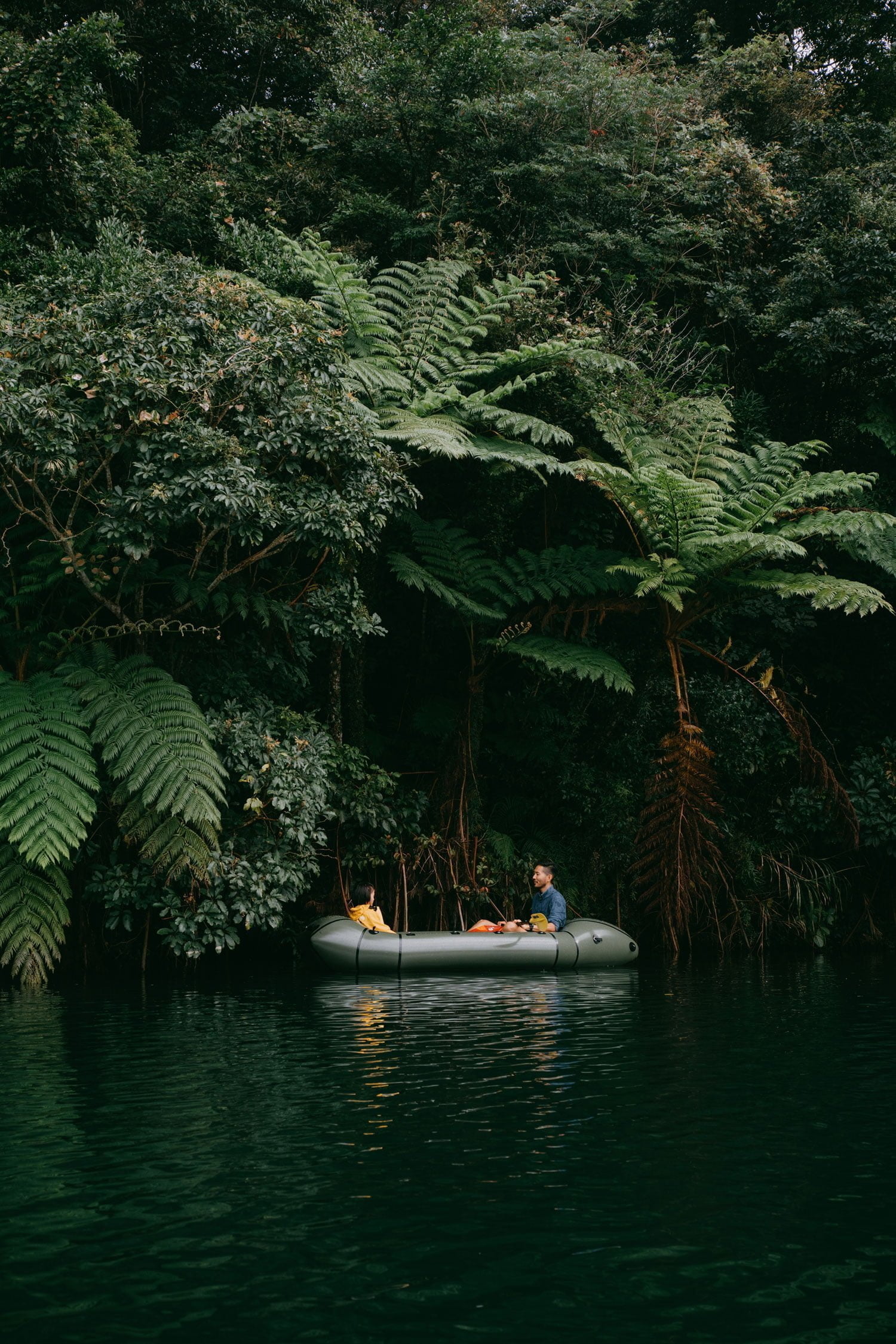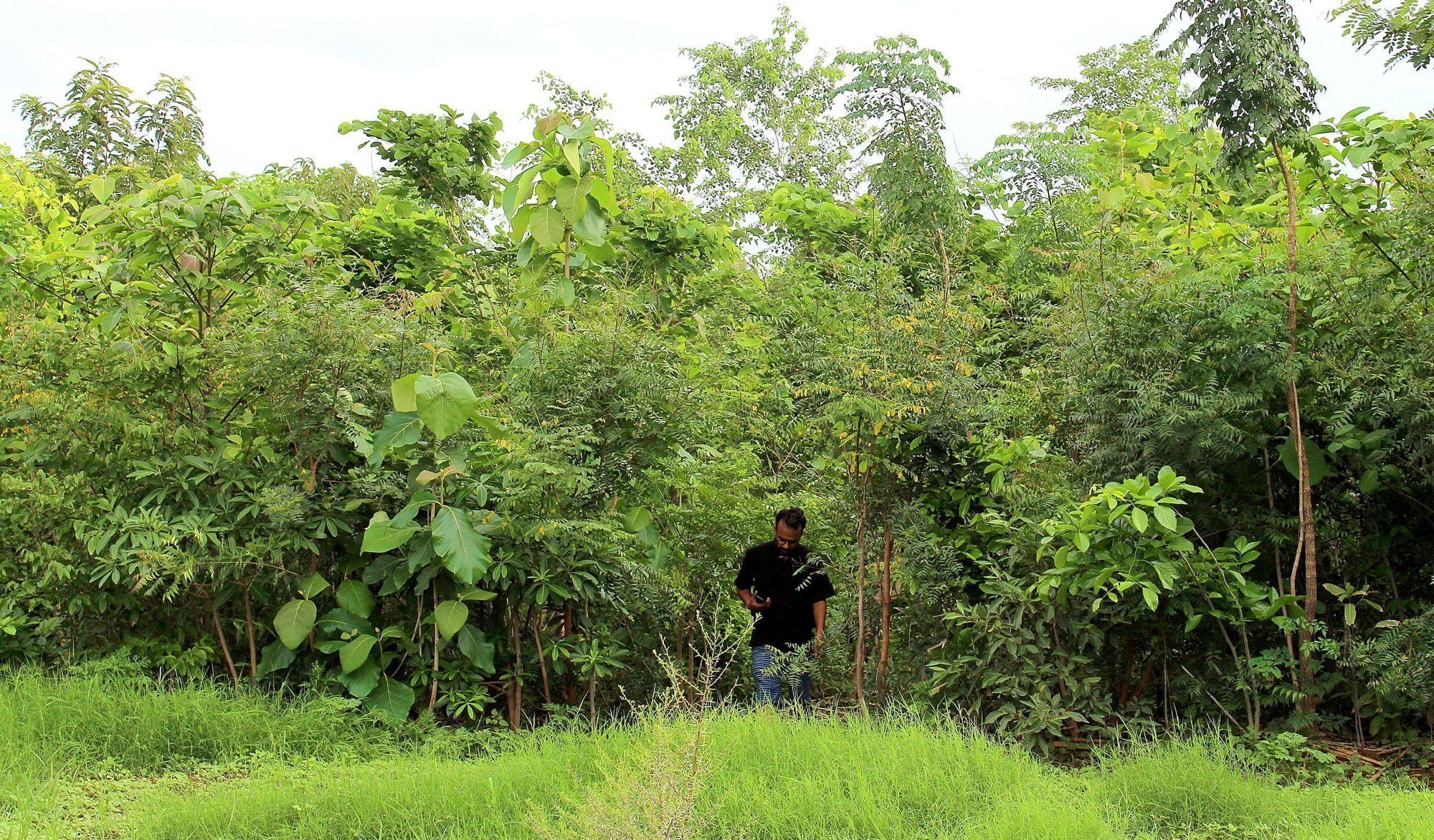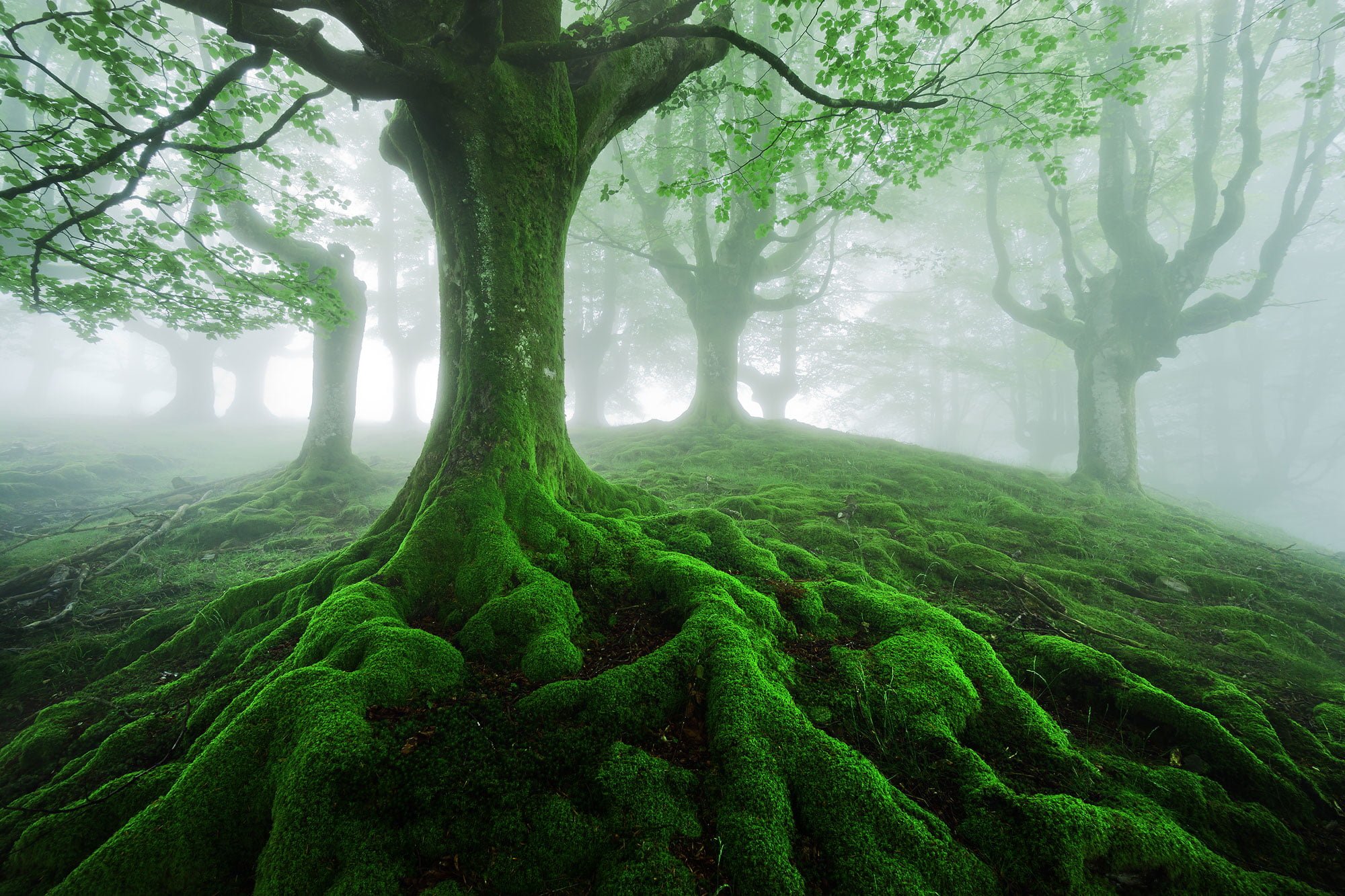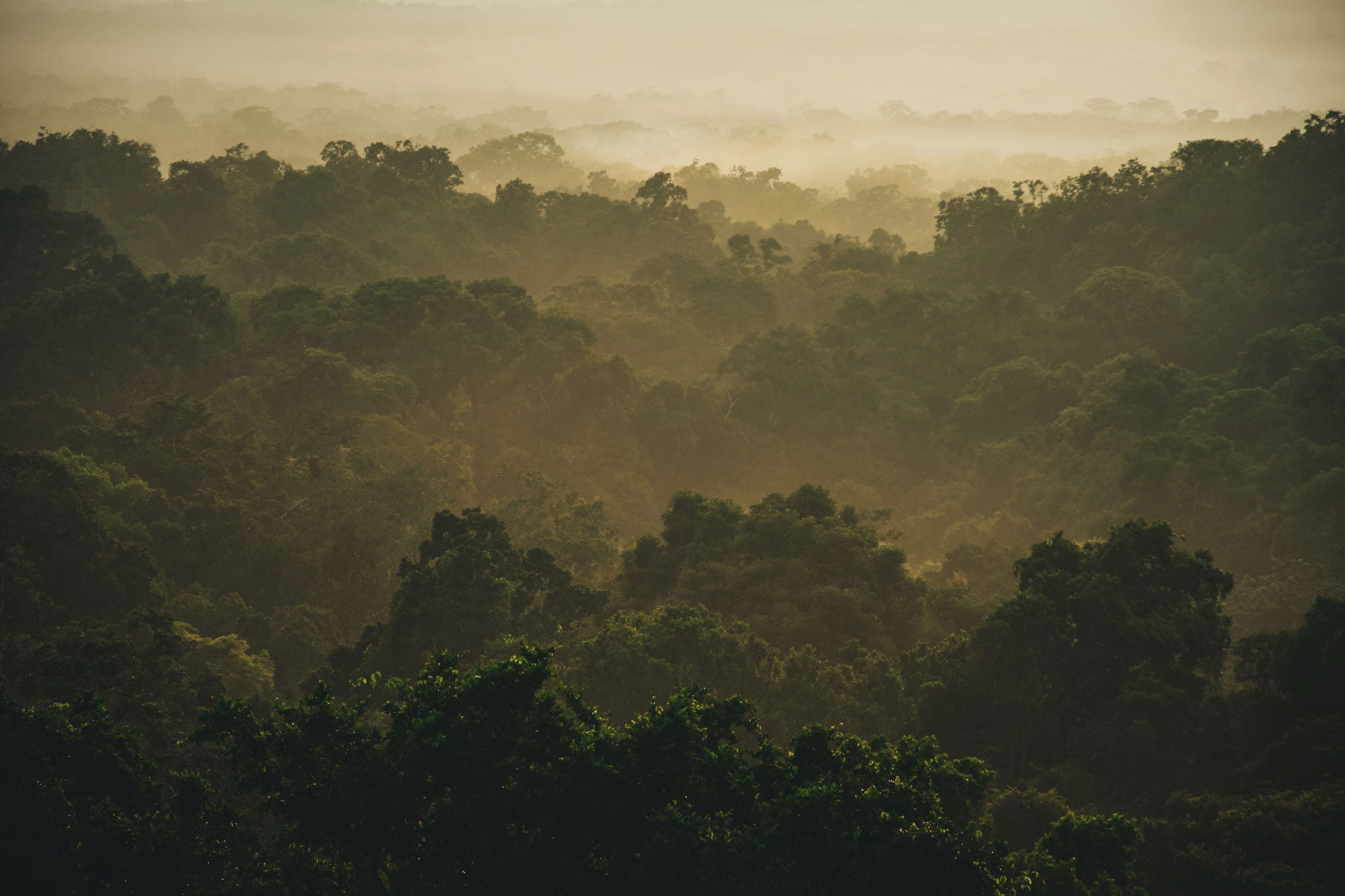When we help trees thrive, they return the favour. In this curated piece from The Nature Conservancy, senior writer Adam Bloom explains how.
Trees have been with us throughout our whole lives. They’re the background of a favourite memory and that welcome patch of green our eyes seek as we gaze out our windows – an activity we’re doing a lot these days.
While they are silent and stationary, trees hold tremendous powers, including the power to make all our lives better and healthier.
If a tree has power, a forest has even more. What superpowers do trees have?
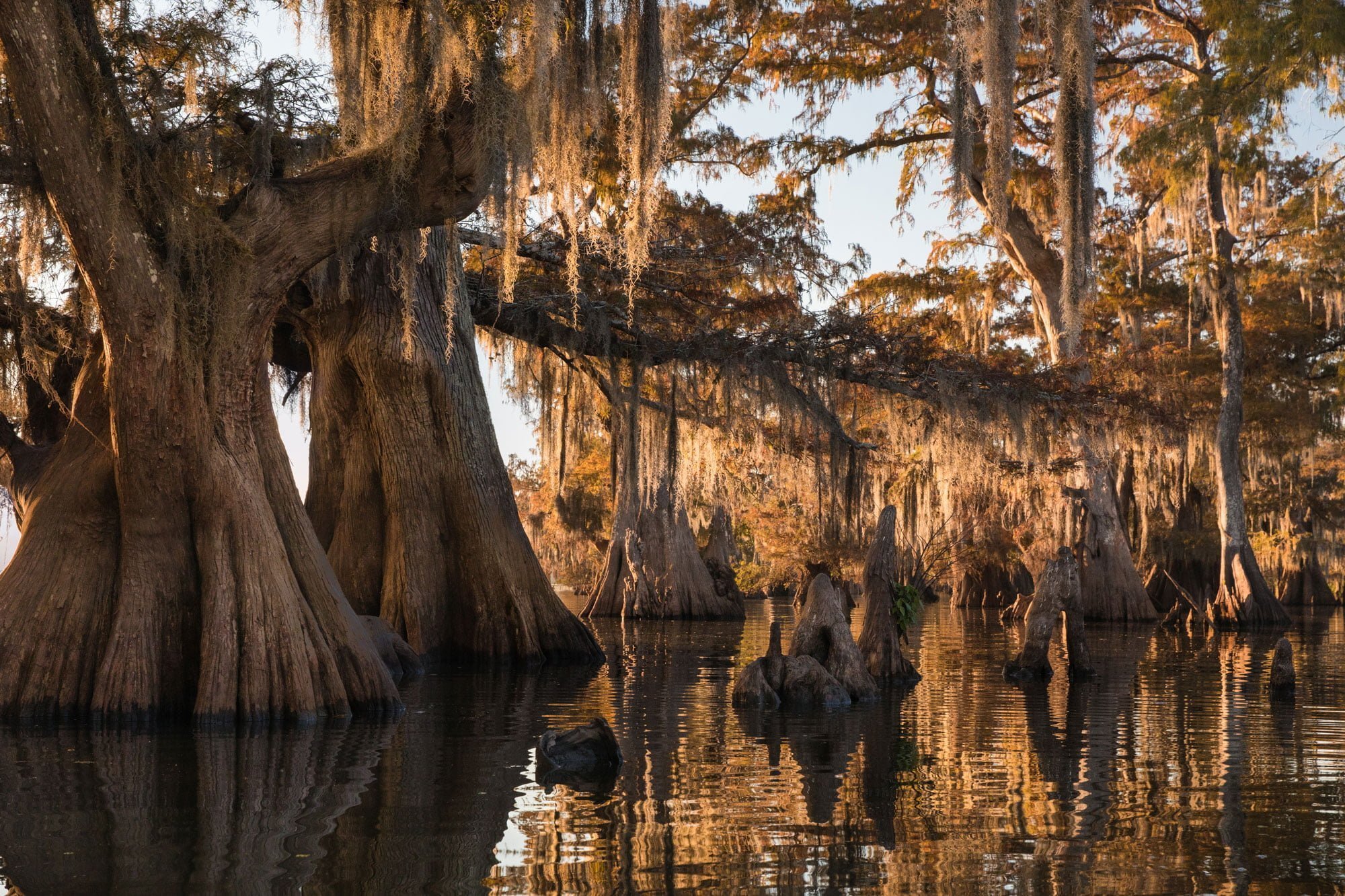
These cypress trees in the swamps of Louisiana are helping fight climate change. Photo: Getty / Bill Swindaman
1. Trees eat the greenhouse gases that cause climate change – for breakfast
More like breakfast, lunch and dinner. Trees’ food-making process, photosynthesis, involves absorbing carbon dioxide from the air and storing it in its wood. Trees and plants will store this carbon dioxide throughout their lives, helping slow the gas’s buildup in our atmosphere that has been rapidly warming our planet.
Smarter management of trees, plants and soil in the US alone could store the equivalent carbon of taking 57 million cars off the road. Trees are looking out for us so we have to look out for them. Older, larger trees store a lot more carbon than young trees, so it’s important that in addition to planting new trees, we conserve and protect the giants of our forests like these ancient trees in South Carolina.
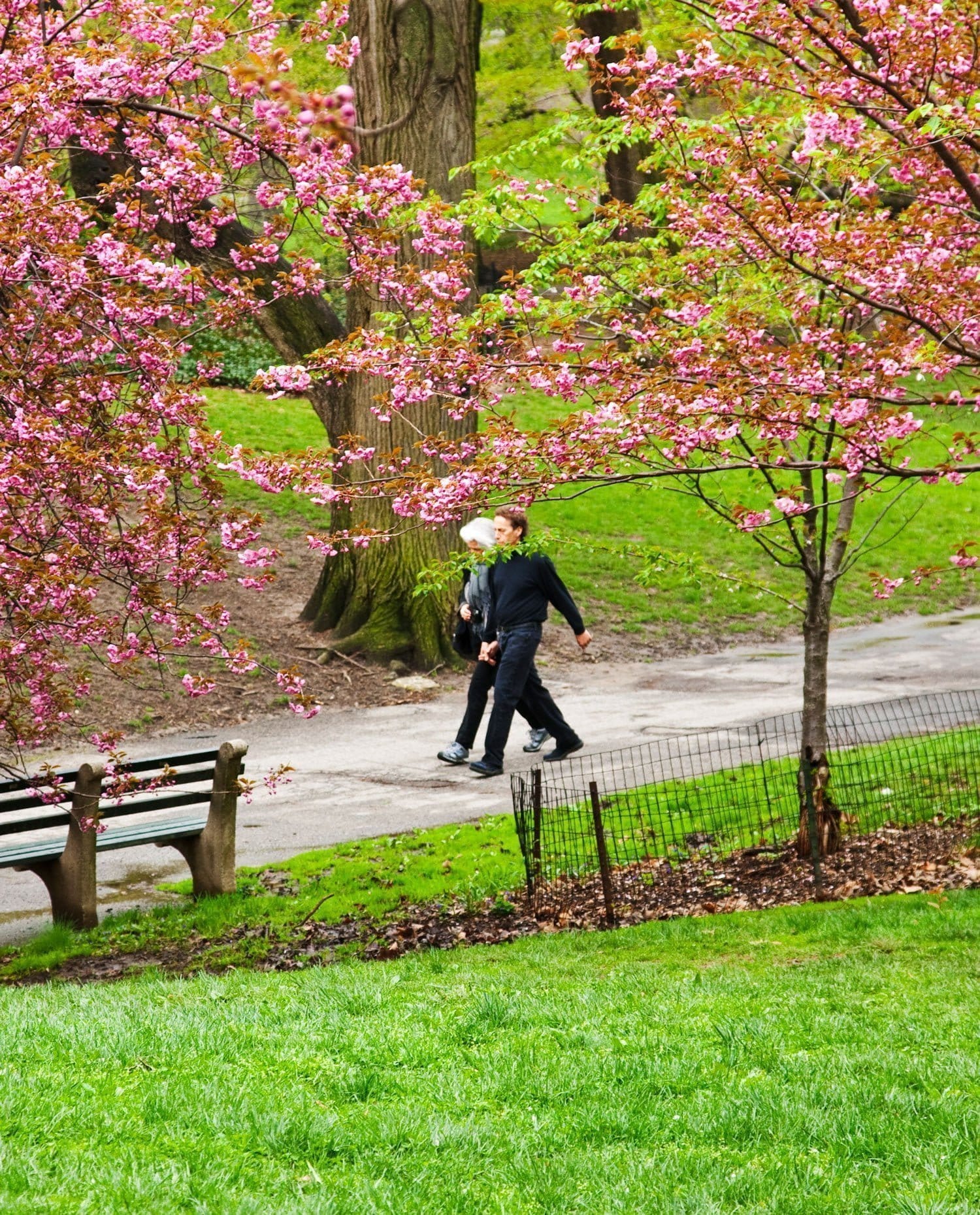
A springtime walk among the trees in Central Park, New York. Trees are good for us. Photo: Getty / Maremagnum
2. Trees boost our mental health while raising our physical health
A healthy tree can lead to a healthy you and me. A study by a scientist at The Nature Conservancy shows that time in nature – like a walk among the trees in a city park – correlates with a drop in anxiety and depression.
The good news: it doesn’t take a lot of time in nature for these soothing powers to kick in. You may have felt the benefits from a short walk or hike in your neighbourhood. We’re drawn to green spaces, and for good reason.
Access to nearby green space also contributes to better physical health by encouraging us to move around and exercise. Because we move around more when we have access to trees and parks, nature can help lower rates of obesity.
Trees are more than just trees. 🌲🌳🌴
(video via @Nature_IL) pic.twitter.com/tE6Fibu5kA
— The Nature Conservancy (@nature_org) August 24, 2020

People pollute the air, trees clean it. Photo: Getty / Wendi Duan
3. Trees clean the air so we can breathe more easily
Leave it to leaves. Trees remove the kind of air pollution that is most dangerous to our lungs: particulate matter. This pollution arises from the burning of fossil fuels, and can reach dangerous concentrations in the largest cities as well as in neighbourhoods near highways and factories.
The Nature Conservancy is in the middle of the first controlled experiment testing neighbourhood tree planting for health benefits in the same way that a new pharmaceutical drug would be tested.
Tree’s leaves will filter this dangerous pollution, but only if they’re planted near the people who need them; most of the filtration occurs within 100 feet of a tree. More trees in cities, especially in lower-income neighborhoods close to highways and factories, can reduce ailments like asthma and heart disease that cause 5% of deaths worldwide.
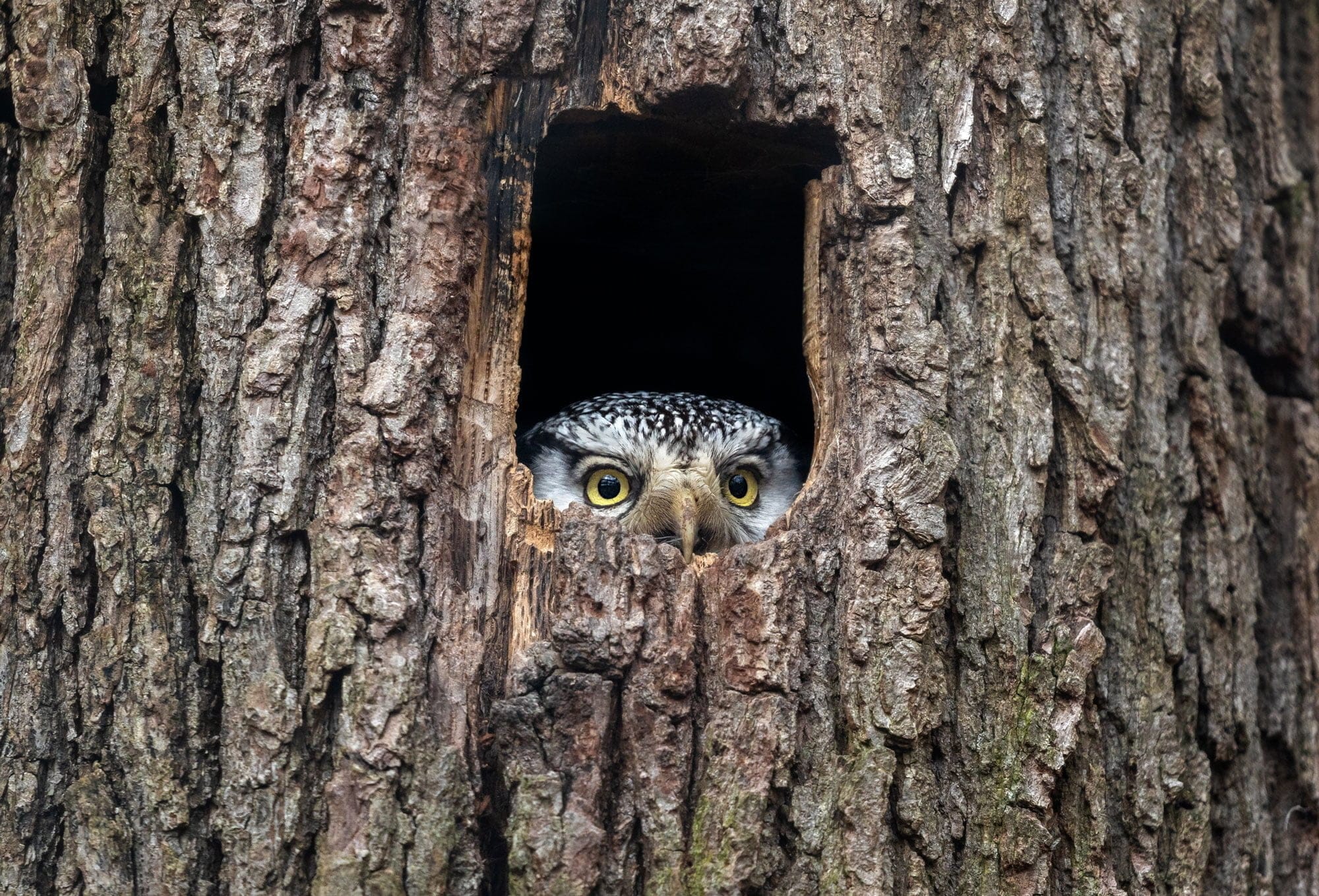
A northern hawk-owl peeks out of its home in a tree hollow. Photo: Getty / Andyworks
4. Trees give a home to the wildlife we love
From our windows, many of us can see how much our feathered and furry neighbours enjoy their ‘high-rise apartments.’ Even a single tree can provide vital habitat for countless species.
An intact forest can do even more, creating a home for some of the most diverse and resilient webs of life on the planet. Old-growth forests, the forests that we need to protect most urgently, create habitat at the ground level, at the top of their tree canopies, and everywhere in between. All of these different types of habitat in a single area allow so many diverse species to thrive.
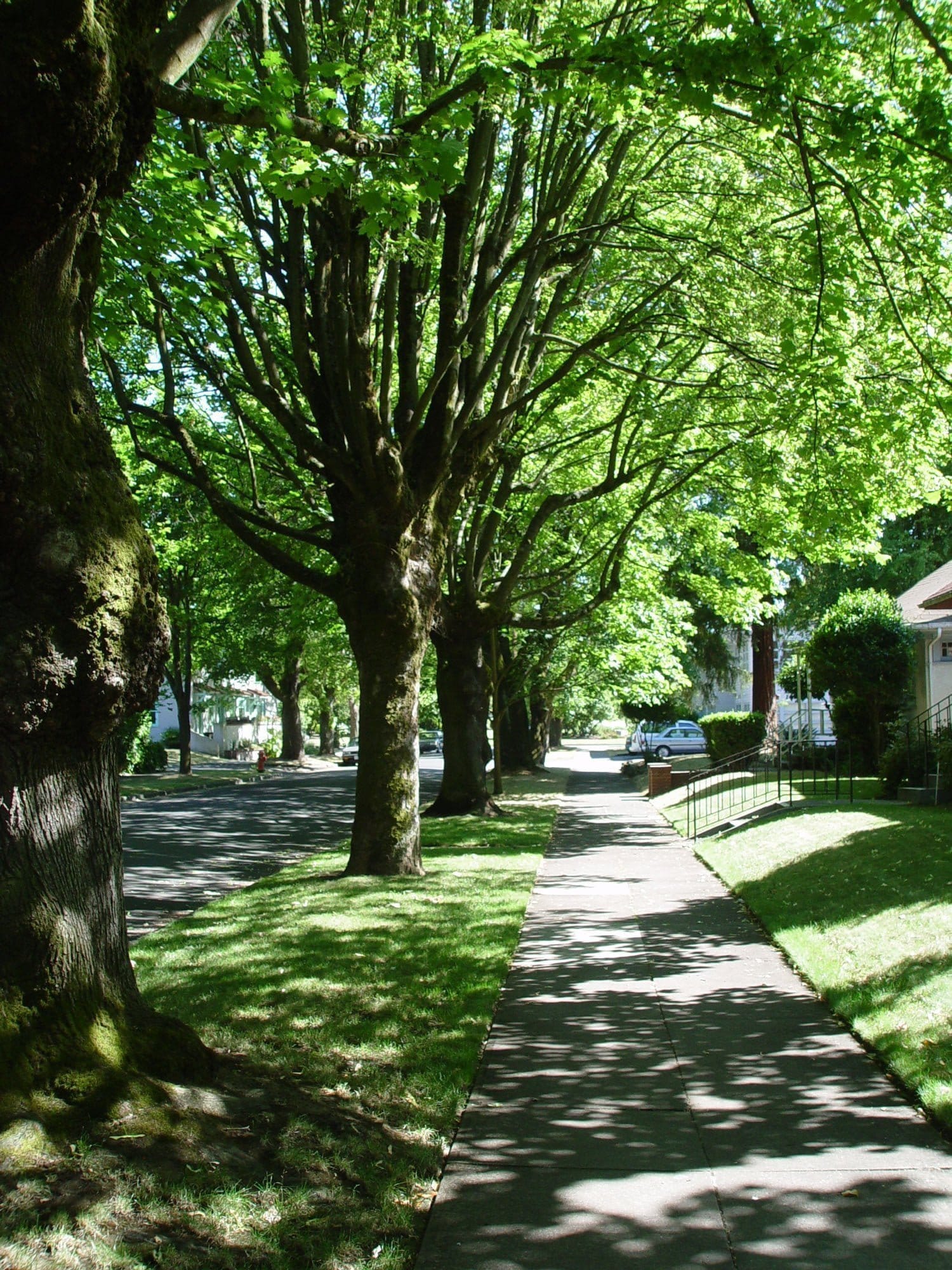
Trees help keep this neighbourhood in Portland, Oregon cool. Photo: Getty / Tomwald
5. Trees cool down your life, and could even save it
Trees give us all shade – and that’s a good thing! Temperatures are rising and heatwaves are getting longer due to climate change. Some places feel the heat more than others.
Neighbourhoods with lots of pavement absorb more heat and can be five to eight degrees hotter than surrounding areas. These areas also stay hotter later into the night, which is detrimental to our health.
Enter our branchy, leafy neighbours. A tree’s shade acts like a natural air conditioning and can even keep down the energy costs of our actual air conditioning systems, which are increasingly working overtime.
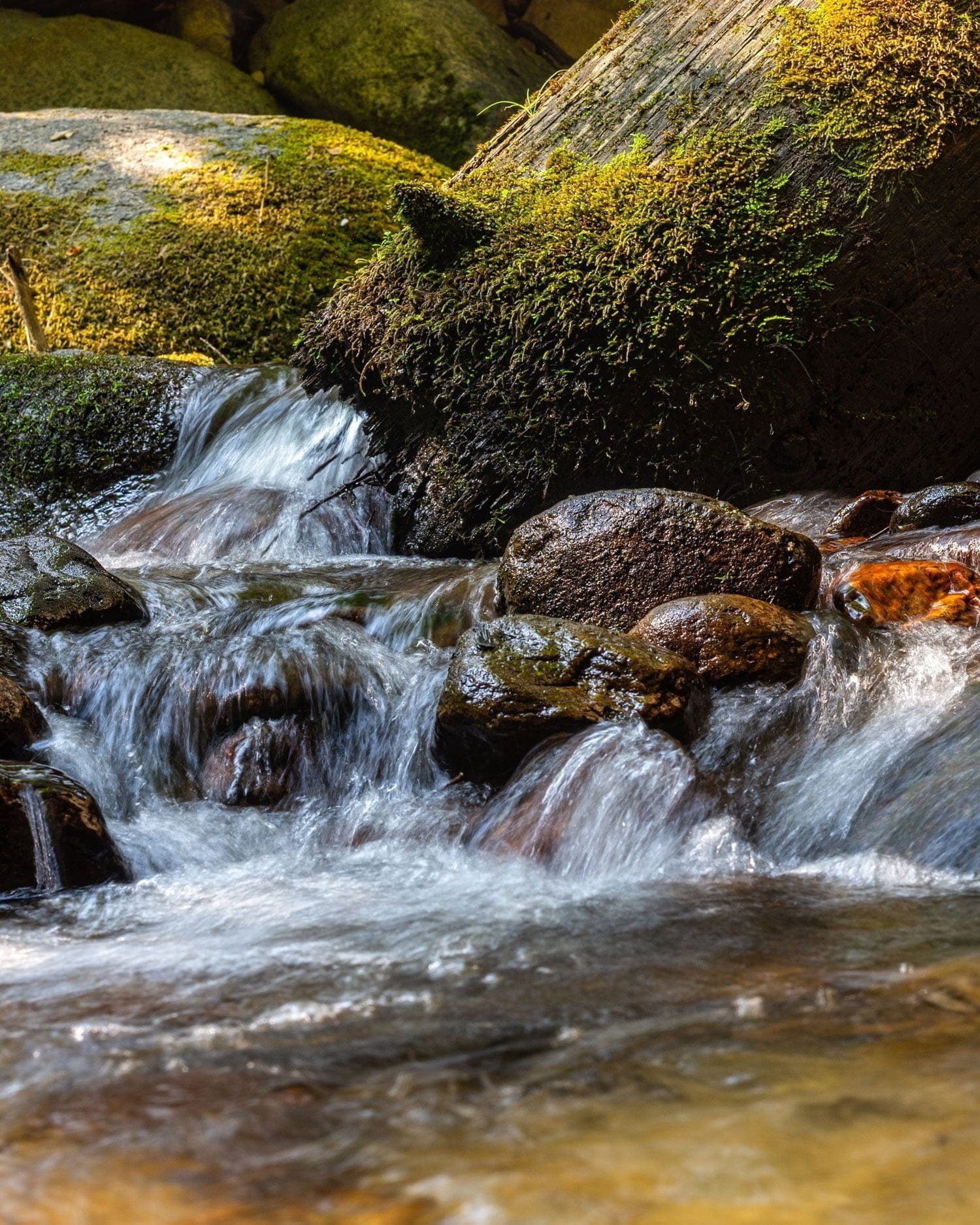
We have clean water thanks to trees. Photo: Getty / Daniel Duran
6. Trees filter your water, making your drinking supply cleaner and more reliable
Raise a glass to a tree near you! Actually, raise your glass to trees far from you, as your water has travelled on a long journey to your faucet. Trees store and filter more than half of the water supply in the United States.
Forests do this by removing pollutants and sediments from rainfall and then slowly releasing the water back into waterways and underground aquifers. Thanks to trees, this naturally cleaner water is easier and cheaper to treat before it ends up in your tap. The water supply is also steadier because all of the rainwater didn’t end up in a river right away; it seeped through these natural filters over time.
To fully use their powers, trees need our help
- While trees are resilient, they are not invincible – and they need our help. When you support The Nature Conservancy, you’re helping to plant more trees, protect old forests and restore forests that have been partially developed. So, together, we’re helping our planet and giving an important gift to our children and their children.
This article first appeared in October 2020 on the website of The Nature Conservancy, a global environmental nonprofit working to create a world where people and nature can thrive. With more than a million members, The Nature Conservancy’s work impacts conservation in 72 countries and territories.
Older than us, wiser than us
